 |
| Bo Chinh ginseng flowers are dried in the sun before being purchased by customers. |
The early morning sun spreads golden light over the fields in Huong Phu commune, which used to be considered a difficult land to cultivate during the dry summer days, but is now filled with the red color of Bo Chinh ginseng flowers in full bloom. “Bo Chinh ginseng is a difficult plant to grow, requiring special care. Cold weather or heavy rain can damage the plants. To avoid fungus and root rot due to weather changes, we have to closely monitor the weather to have timely disease prevention plans,” Toan shared.
Before becoming involved with ginseng, Toan spent many years growing flowers and vegetables in Da Lat, learning the trade from large gardeners. Returning to his hometown to start a business, he chose chrysanthemums as his main economic development direction. Every Tet holiday, Toan's 10-acre chrysanthemum garden is ablaze with brilliant yellow, bringing a stable income to his family. Not only does he grow flowers during Tet, he also takes the initiative to rotate the seeds in cycles, so that the garden always has flowers blooming, in time to serve the market on the full moon and the first day of the lunar month each month.
A few years ago, storm No. 6 swept through, sweeping away two greenhouses growing chrysanthemums of Mr. Toan's family, causing nearly half a billion VND in damage. That incident forced him to find a new direction. Realizing that Bo Chinh ginseng was suitable for local soil and had a stable output thanks to the association with Hoang Gia Company, he boldly changed the crop. From a few experimental ginseng fields at first, Mr. Toan has now expanded to nearly 3 hectares, becoming one of the pioneers in bringing Bo Chinh ginseng to the Nam Dong highlands (now Phu Loc district).
Mr. Toan shared that a Bo Chinh ginseng crop lasts 9 months. After about 3 months of planting, the plants begin to bloom. Every morning, about 10 workers rush to the fields to harvest the flowers before the sun is too strong, to avoid fading the flowers and reducing their medicinal properties. When the flowers are in full bloom, the workforce doubles, with up to 20 people mobilized on some days. On average, every morning, Mr. Toan's ginseng garden harvests about 300 kg of fresh flowers, which are then sent to purchasing partners after drying in the sun. If the crop is good, one sao of ginseng can bring in a revenue of 45 to 50 million VND.
Having accumulated a lot of experience after the experimental planting and expansion of the model, Mr. Toan gradually became the person who transferred Bo Chinh ginseng growing techniques to neighboring communes. His ginseng garden is not only a production site but also a model for many farmers inside and outside the district to visit and learn. Some localities such as Huong Son, Thach Ha (Ha Tinh) invited him to come to their places to provide technical advice, with support up to 45 million VND per trip. Because he was busy with farming, he chose to give free instructions over the phone, record videos and send them directly to people on how to identify pests, mold, etc.
According to Mr. Toan, there is still no specific medicine to treat Bo Chinh ginseng when infected, so prevention plays a key role. “Just a few days of subjectivity can cause the entire field to be lost. Regularly updating the weather, increasing garden inspections, and closely observing each row of plants are things that cannot be neglected,” he said.
Not only developing the family economy and creating jobs for local workers, Mr. Toan also spreads the belief: With effort, even in arid lands, "difficult" but potential plant varieties will still bloom and bear fruit. That spirit is recognized by a certificate of merit from the District Farmers' Association and commendation from the Commune People's Committee.
Source: https://huengaynay.vn/kinh-te/sam-bo-chinh-no-hoa-tren-dat-can-154630.html





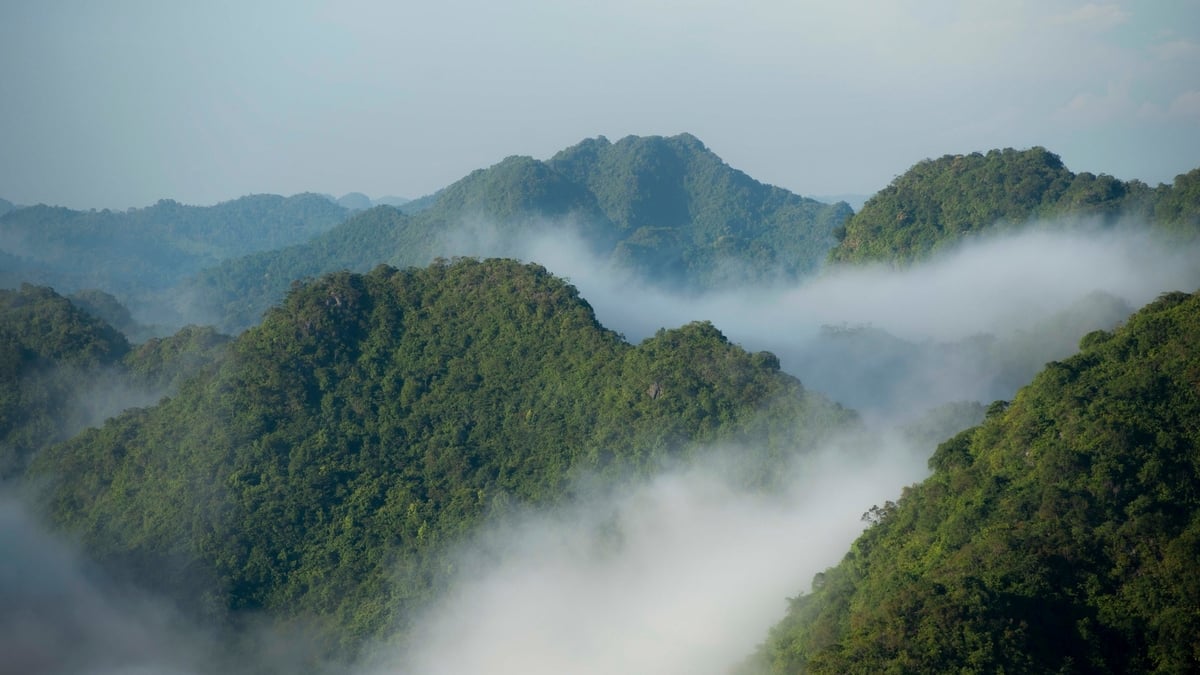




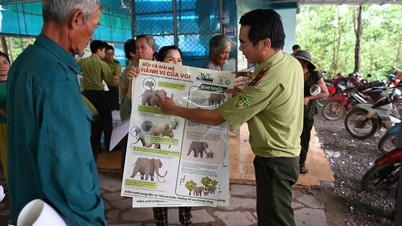

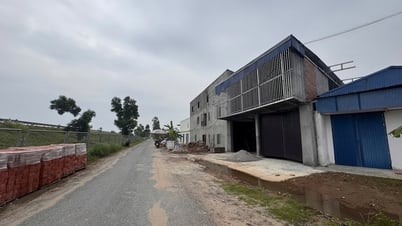

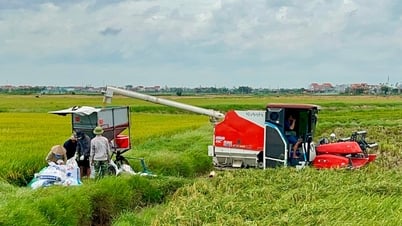
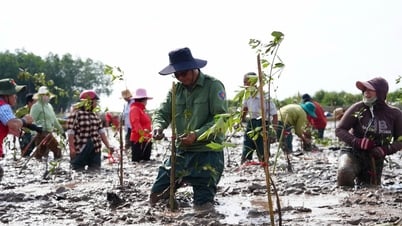










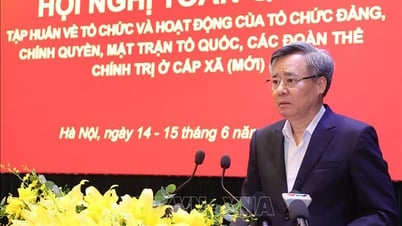

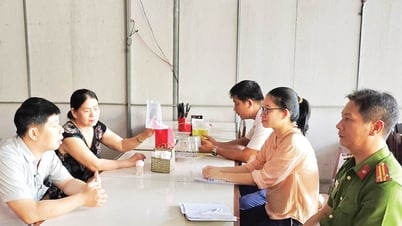
![[Photo] Prime Minister Pham Minh Chinh receives leaders of several Swedish corporations](https://vphoto.vietnam.vn/thumb/1200x675/vietnam/resource/IMAGE/2025/6/14/4437981cf1264434a949b4772f9432b6)

































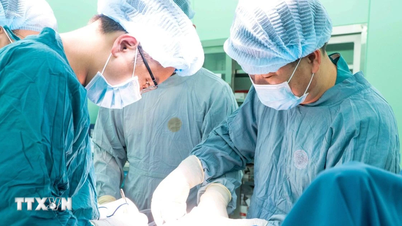










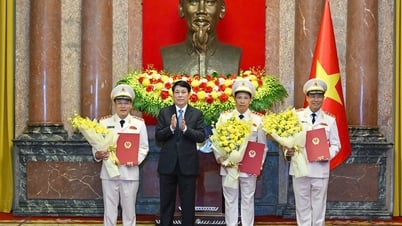





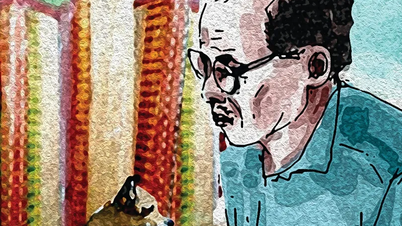













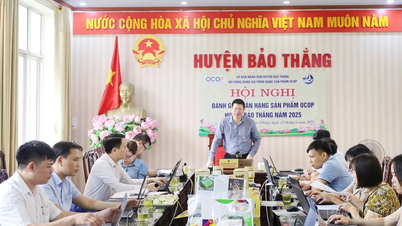

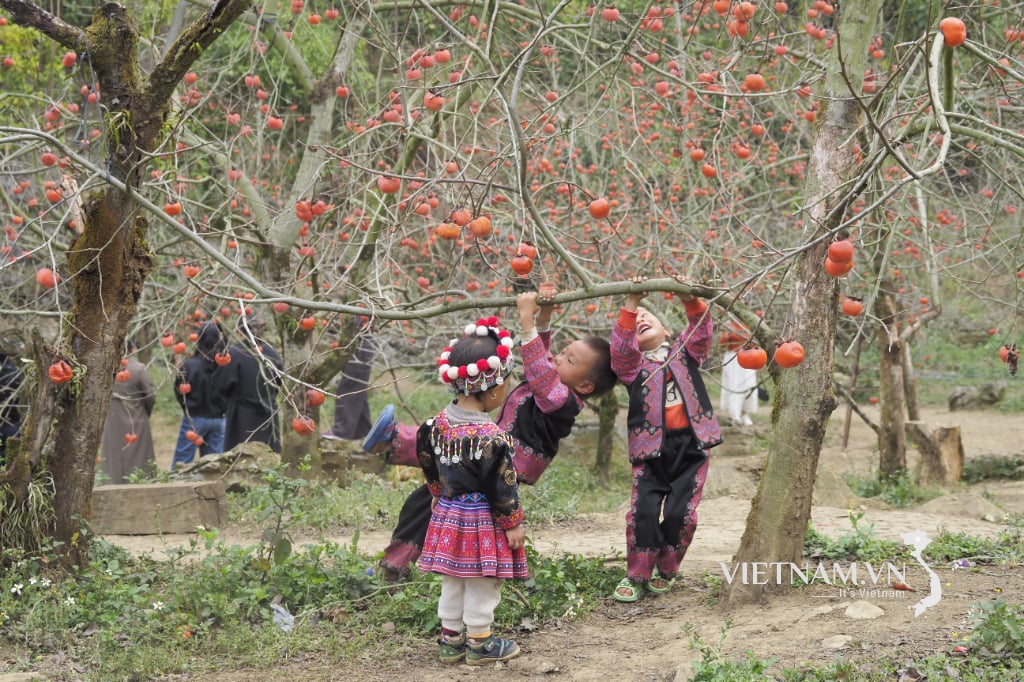
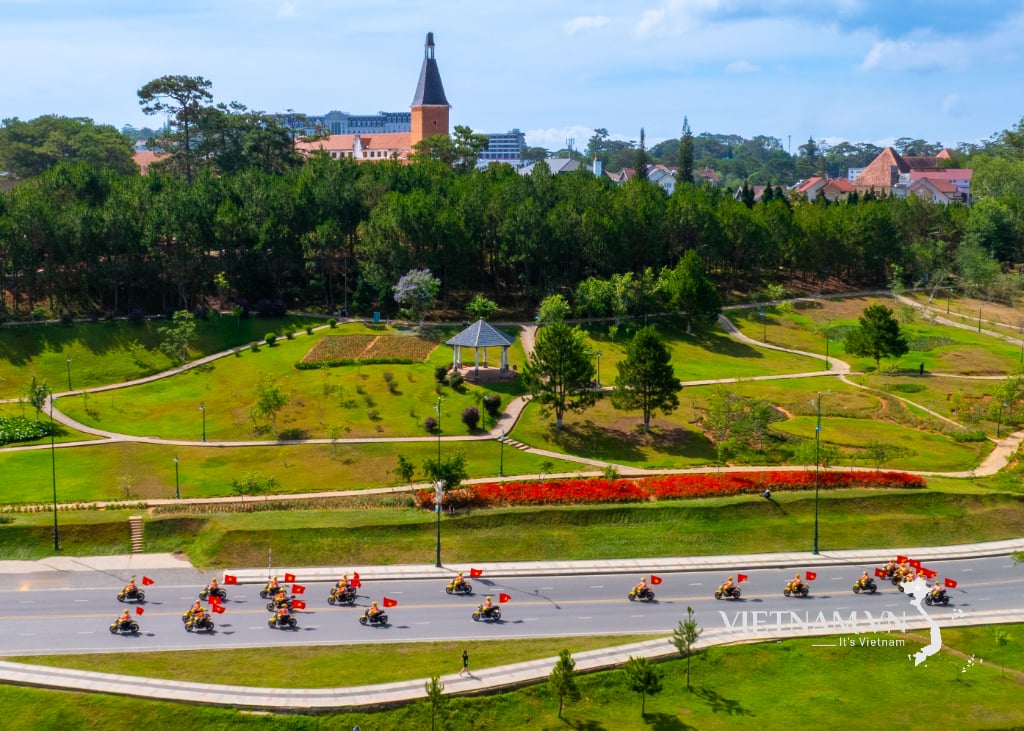


Comment (0)